For a long time I had avoided reading this book because of the tragic ending to the story of Chris McCandless. In brief, after he graduated from college, McCandless took off on the road and disappeared. He never contacted his parents again. His car was found abandoned in a desert wash. He roamed the U.S. West and Midwest, sometimes taking odd jobs and sometimes camping alone in the wilderness. In the spring of 1992 he left for Alaska on what he considered the ultimate adventure. He hitchhiked to the beginning of a rough path known as the Stampede Trail, which is just north of Denali National Park, hiked into the wilderness, forded a river, and came to an abandoned school bus, where he set up camp. The bus had been hauled there decades before by a construction company working on the trail to be used as accommodation for its crew; as a result, it was partially fitted out as a refuge. Month later, McCandless’s remains were found in the bus by hunters. He had become ill, had been unable to hike out, and had starved to death.
A popular movie was made of Into the Wild, but this movie was one of the reasons I never tackled the book. I didn’t like it. It depressed me. I couldn’t bring myself to revisit a story that begins so optimistically and ends in such disaster. Maybe I’ll try the movie again now that I have read the book. We’ll see. The point I want to make here, though, is that the book is completely unlike the movie. The movie necessarily dwells on the character of McCandless and recounts his odyssey more or less in chronological order. The book takes a different approach that allows Krakauer to delve much deeper into the situation. At the beginning, it presents McCandless’s death as a given, and then it focuses on Krakauer’s investigation into what exactly happened and why it happened. Half the book or less is taken up directly by McCandless’s story; the rest is comprised of the results of interviews with his family, friends, and people who met him and briefly knew him as he traveled around from place to place.
Ultimately, the book is as much about Krakauer as it is about McCandless. In fact, it devotes two entire chapters to describing a solitary journey that the author made into the Alaskan wilderness to climb a mountain when he was about the same age as McCandless. He also gives examples of other people with ideals similar to McCandless’s who went off to live in the wilderness. And herein is the strength of the book and why it made such a profound impression on me. The main question becomes not so much what exactly happened to McCandless but why he did what he did. Many people, Alaskans especially, derided McCandless, after his body was discovered, as a neophyte who had no business out there in the wild by himself. In telling his own story and that of other adventurers, Krakauer points out that the difference between McCandless and the others was that McCandless had the misfortune not to survive. If he had lived, walked out, and gone on about his life, he might have written about his experience in first person and been acclaimed as a hero. As it was, his tragic death ignited great controversy.
What Krakauer’s investigation into McCandless’s motives does is put the spotlight on what makes free spirits want to cut loose from society and seek alternative lifestyles. This makes McCandless’s journey triumphant instead of tragic. It also explains why I was able to get into the book so deeply and empathize so intensely with McCandless. I too forsook most of my possessions, threw a sleeping bag and a few other items into a duffle bag, and took off on the road with no certain destination in mind, as I recount in my memoir World Without Pain: The Story of a Search. My journey took me across the United States, through Europe, and across the Middle East to India. At various places along the way, I was tempted to go off into the wild on dangerous adventures. While hitchhiking through Afghanistan, I imagined walking alone through the Hindu Kush Mountains. While traveling by train through Pakistan, a Norwegian wanderer and I discussed obtaining a boat and taking it down the Indus River. Both of these ideas were impractical and intensely dangerous.
My McCandless-type adventure occurred when I journeyed to Nepal. While in Sri Lanka, I realized that I didn’t have enough money left to go all the way to Nepal and then travel overland back to Europe, as had been my original plan. I decided I had to go to Nepal anyway, even if I ran out of money; I had come too far to miss it. I took trains and buses to Katmandu, Nepal, stayed there for awhile, and then took a bus westward to Pokhara, a smaller city in a gorgeous setting surrounded by Himalayan peaks. After spending the night in my sleeping bag by the lakeside (because I couldn’t afford a room) I took a walk to the edge of the city. I hadn’t planned to go trekking, but as I gazed at those lovely mountains I realized I just had to explore them, so I threw my duffle bag over my shoulder and set out on the first path I found. The path had no signposts, and I was all alone with no map. I simply started walking upward, on and on through meadows and forests, across rope bridges, always upward, until just before dark I came to a small village, where I was able to get an all-I-could-eat meal of rice and yellow lentils and a bed in a dormitory for next to nothing. The next day, I continued on my trek up into the mountains.
At some point, though, I climbed a hillock near the trail, sat down, and meditated. I had almost reached the snowline. I understood that if I continued on into the snowy wastelands, I would die. There was nothing up there to keep me alive. I had reached this point because I had got fed up with civilization and all its foibles and confusion. Up here everything was so serene and peaceful, while down there… However, I realized that I had to go back down and learn to find serenity even when surrounded by others, and so I did.
Like Krakauer, I was one of the lucky ones who survived. I met other poor travelers, though, who seemed to have been overcome by the immensity of their quest. There was the Australian I met in Katmandu who imagined he had received a revelation that humans were supposed to eat only fruit and psychedelic mushrooms and was slowly starving to death. There was the emaciated German with long tangled hair and beard, also in Katmandu, who wore only a loincloth and who squatted down and intensely studied a wriggling worm on the path before carefully picking it up and tying it onto his walking stick with a piece of thread.
Krakauer’s point is that there is risk involved when we venture forth to follow our dreams. You may survive, like he did, and I did, or you may die in the attempt, like McCandless did. Either way, if you have honesty, integrity, and courage, when the call comes, you cannot ignore it.


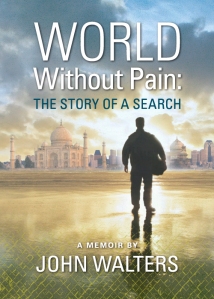





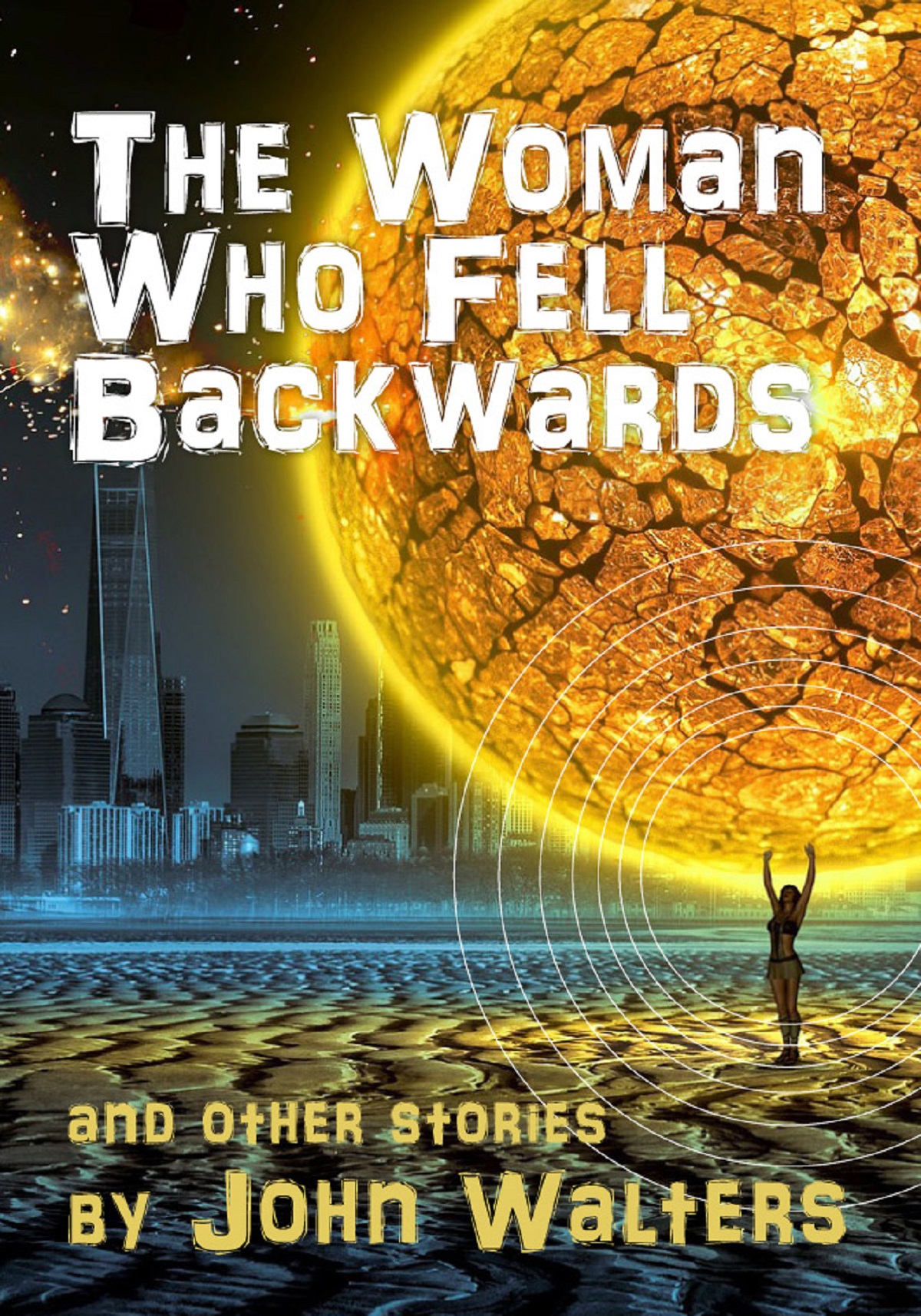
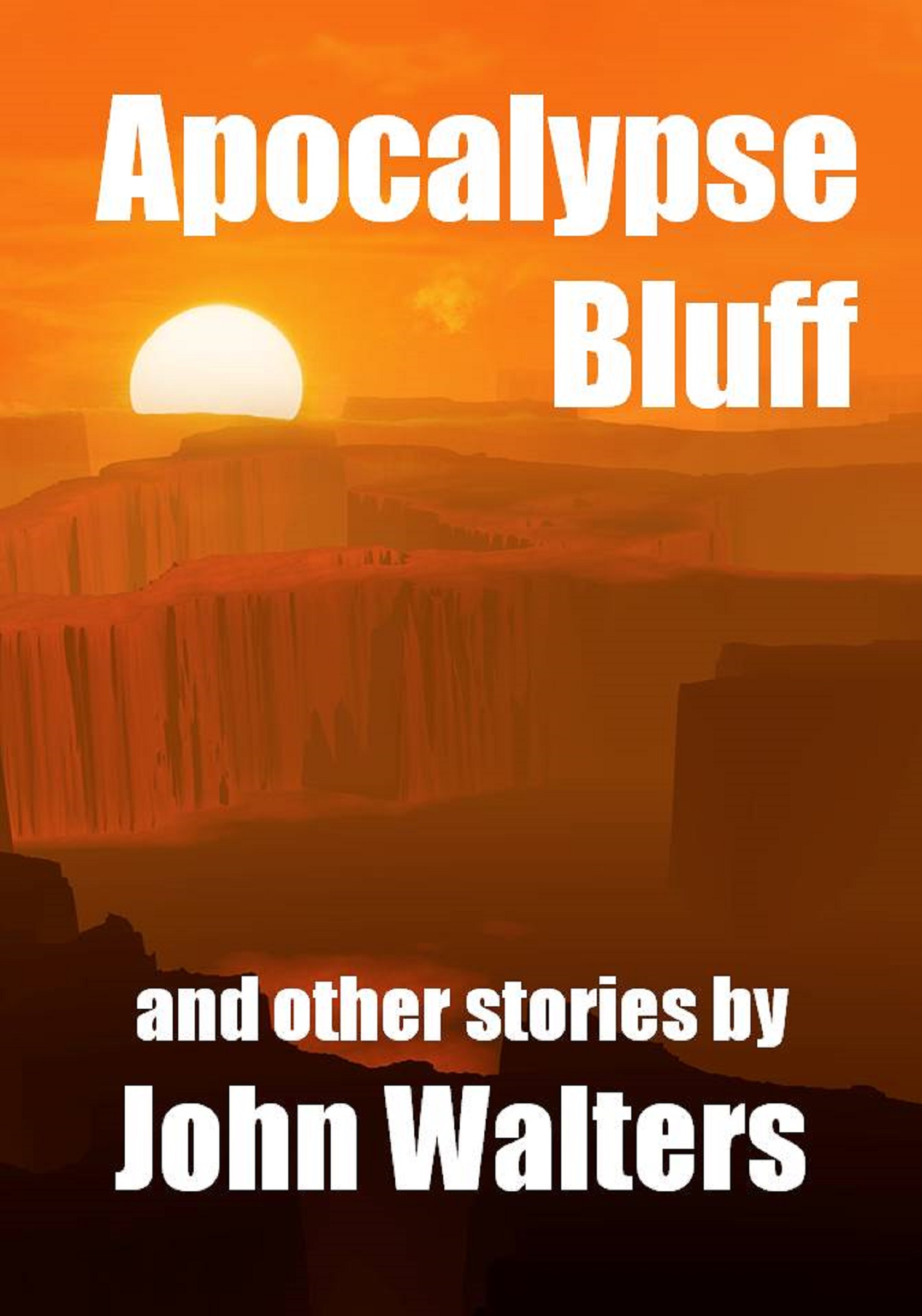
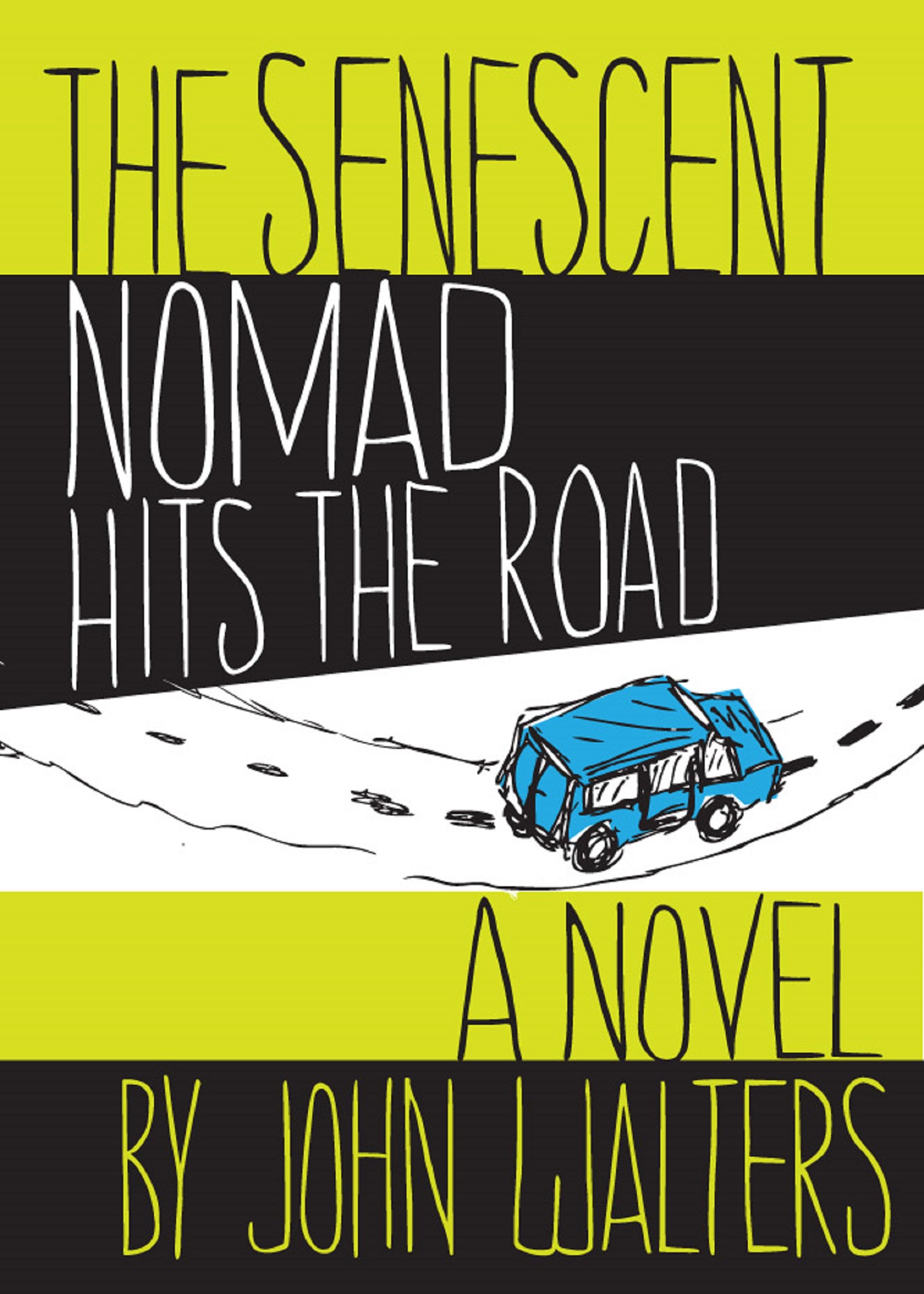
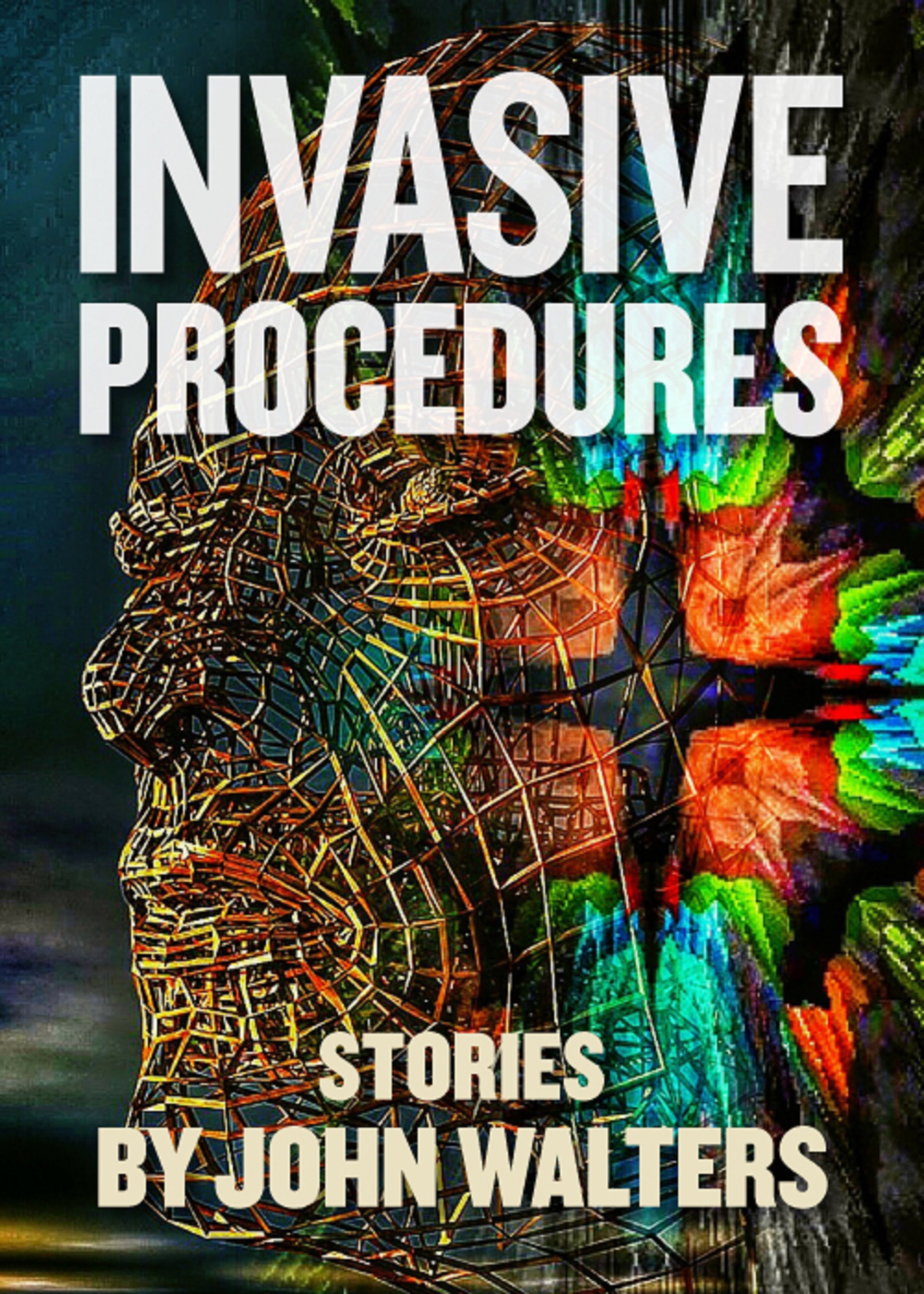


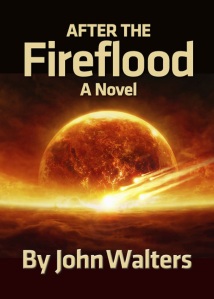
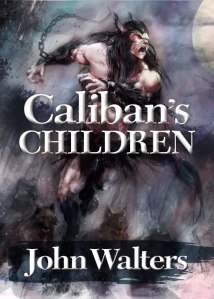

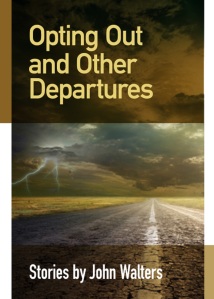
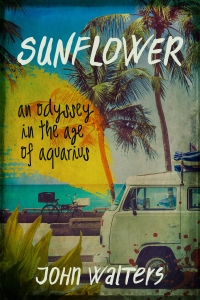
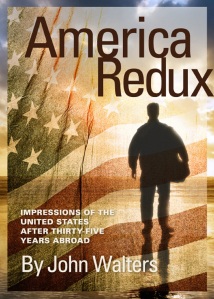
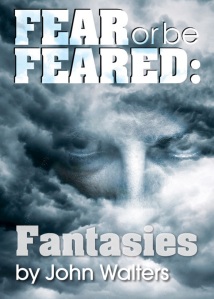
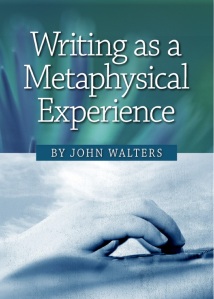


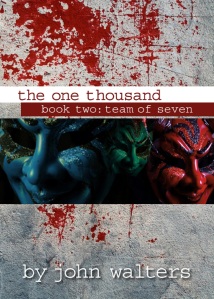
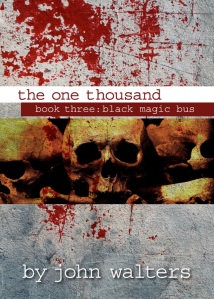

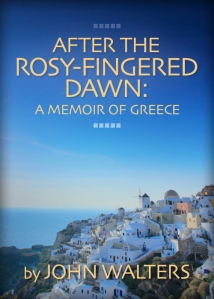


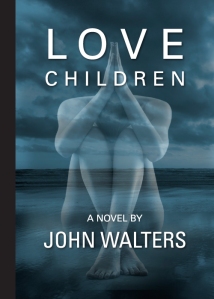

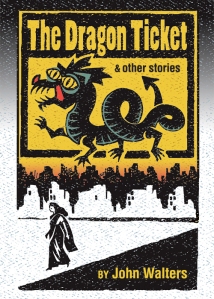
Pingback: Book Review: Lost in the Valley of Death: A Story of Obsession and Danger in the Himalayas by Harley Rustad – Part One | John Walters
Pingback: Book Review: The Sun Is a Compass: A 4,000-Mile Journey into the Alaskan Wilds by Caroline Van Hemert | John Walters